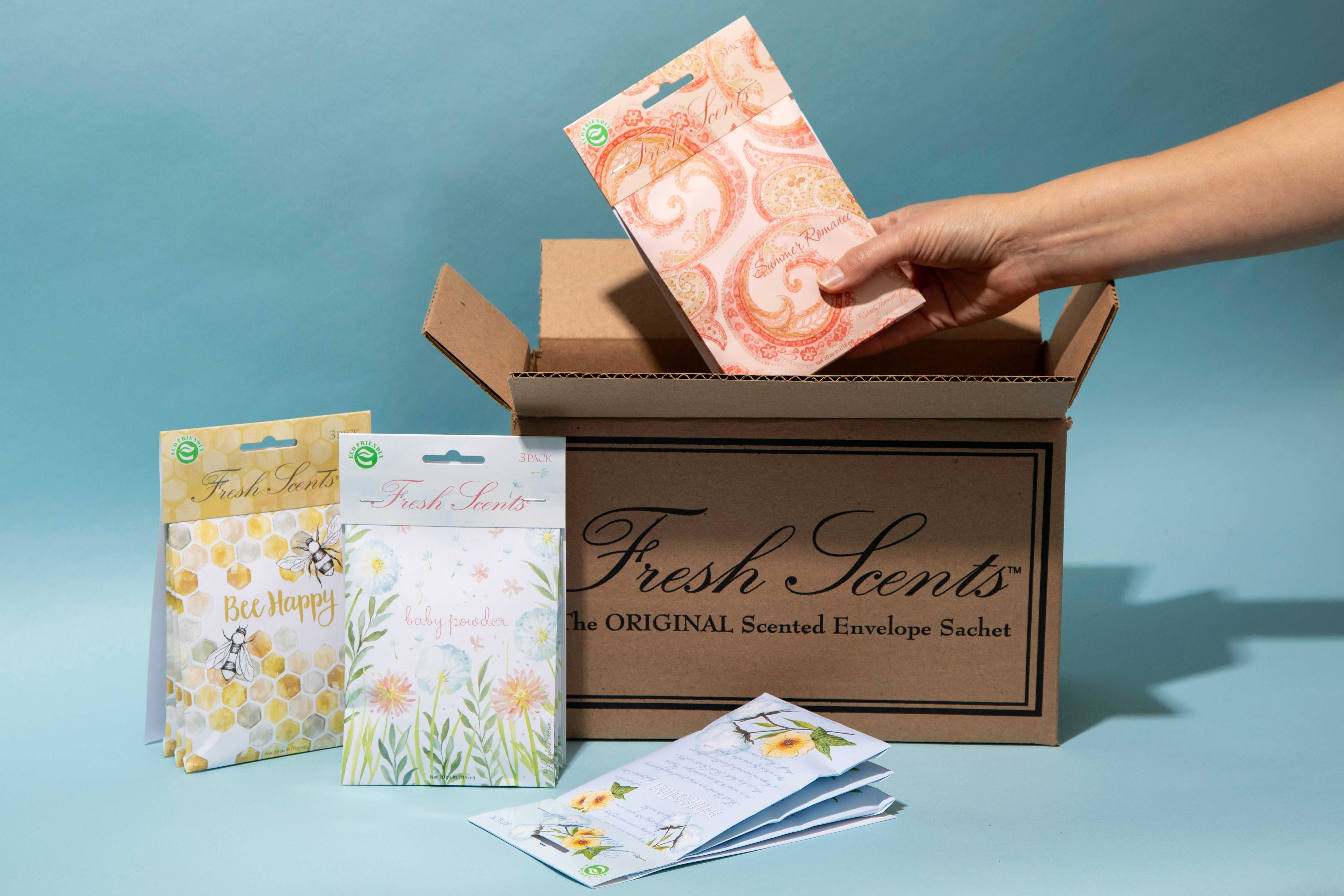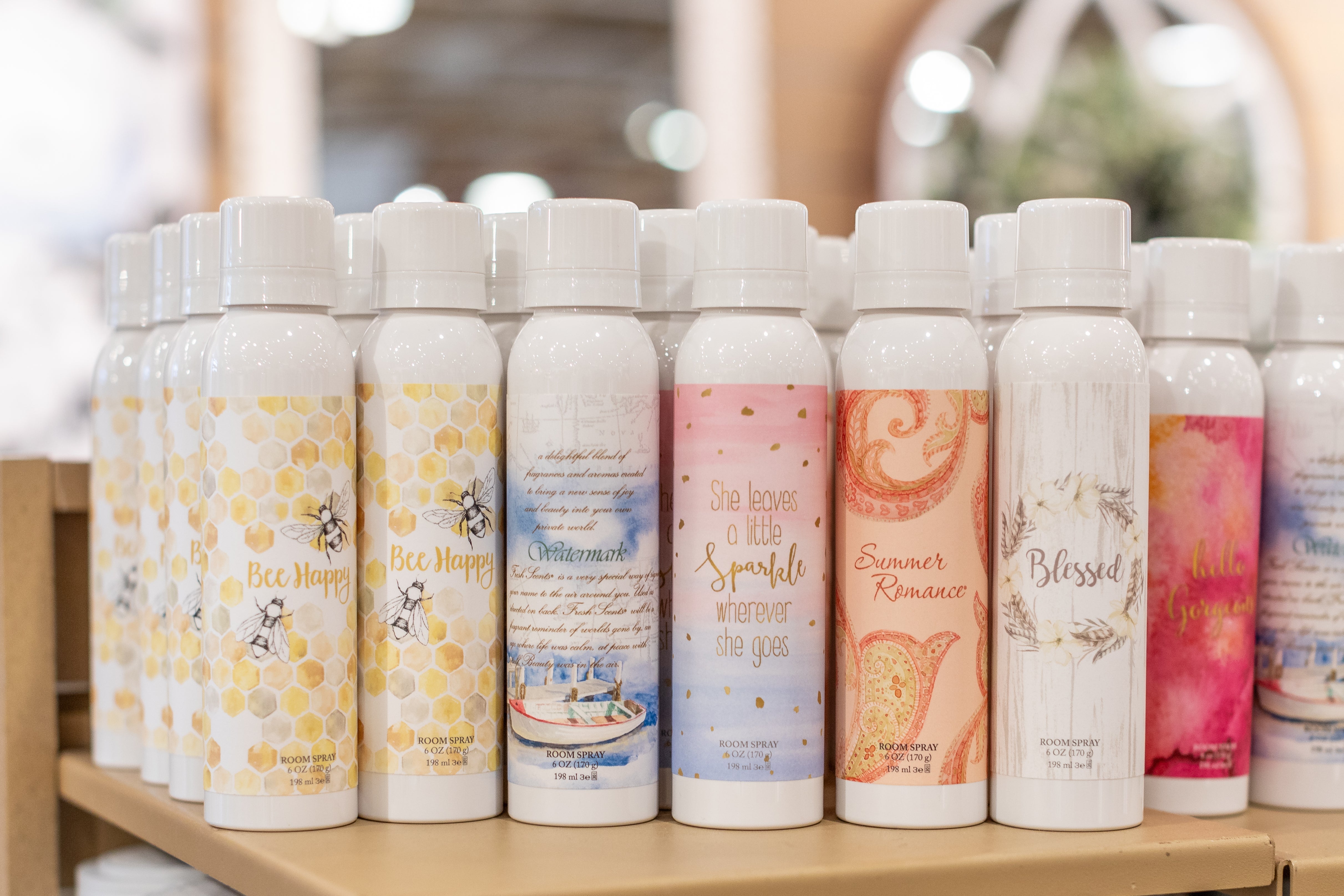Exploring Fragrance: What are Top, Middle, and Base Notes?
Ever felt overwhelmed by fragrance jargon – fragrance families, top notes, middle notes? For retail buyers navigating this vast category, a firm grasp of the building blocks of fragrance is essential. The good news? Understanding fragrance notes empowers you to make smarter buying decisions and maximize sales across your stores.
This guide breaks down the key elements that create a successful fragrance: fragrance notes. Just like musical notes combine to create a captivating melody, fragrance notes work together to create a captivating fragrance. These notes – top, middle, and base – are the foundation of any fragrance.

Top Notes
Tops notes are the fragrance equivalent of a first impression. Although bright and energizing, their molecules are the smallest and most volatile, meaning they evaporate quickly. This impermanence is part of their charm – a quick burst of energy that sets the stage for the more complex notes to come. Another term you might encounter for top notes is "headnotes." While some might say top notes are the strongest elements of a fragrance, that's not entirely accurate. Their impact is undeniable, but their intensity is more about creating a powerful first impression than lingering for hours.
Popular Top Notes: Lemon, Mint, Orange, Lavender
Middle Notes
Following the fleeting introduction of the top notes, the fragrance unfolds into its captivating heart – the middle notes. These notes, often referred to as "heart notes," are heavier and make up a majority of the aroma. Middle notes can be up to 70% of a complex scent. What does that mean? Middle notes help shape a fragrance’s identity, making them some of the most memorable notes within a fragrance. The note compound is usually more mellow or well-rounded than the sharpness and energy of top notes.
Popular Middle Notes: Rose, Jasmine, Pepper, Nutmeg
Base Notes
Base notes are the final piece of the puzzle. Base notes are made up of large, heavy molecules providing complexity, and make a lasting impression. They add depth to fragrances with notes that consist of warmer and richer scents. While these notes are the longest lasting in a fragrance and linger, they hit the nose after the initial two categories.
Popular Base Notes: Cedarwood, Patchouli, Vanilla, Musk
Understanding How Notes Work Together
No single note operates independently to create a scent. A successful scent combines top, middle, and base notes to create a unique fragrance experience. Imagine a delicious cake. The top notes would be like the frosting and sprinkles - that initial burst of sweetness and flavor that grabs your attention. The middle notes would be similar to the cake itself - the richer flavors that linger after the first bite. Finally, the base notes would be like the density and texture - the foundation that could make or break the cake, and create a lasting impression.
In fragrance, this layering creates a similar effect. The top notes introduce the scent, the middle notes add complexity, and the base notes provide richness and longevity. Perfumers carefully select notes from each category to create a well-rounded fragrance.
For instance, perfumers don't just use orange essential oil to make an orange scent. They might choose to layer it with neroli blossom (middle note), honey (middle note), and musk (base note) to create a full-bodied aroma. Now, instead of smelling a simple orange, the consumer can imagine an orange grove warmed by the sun. A simple scent is transformed into an experience that resonates strongly with customers.
Why Understanding Fragrance Notes are Key for Retail Buyers
Understanding fragrance notes goes beyond simple appreciation; it's a powerful tool for wholesale fragrance buyers. Here's how knowing your notes translates to success:
- Confident Buying Decisions: Often, fragrance descriptions can be subjective and evocative. By understanding the building blocks (notes) of a fragrance, you can move beyond the marketing language and assess its true character. This empowers you to make informed buying decisions, selecting fragrances that align with your target audience's preferences.
- Effective Sales Conversations: Knowledge of fragrance notes allows you to speak the language of your customers. You can explain the olfactory journey a fragrance takes them on, highlighting the freshness of top notes, the heart of the middle notes, and the depth of the base notes. This elevates the customer experience and fosters trust, leading to higher conversion rates.
- Drive Mass Appeal: Understanding fragrance notes allows you to predict broader customer preferences. By selecting fragrances with crowd-pleasing note combinations (think fresh citrus top notes or universally loved florals in the middle), you can ensure your selection appeals to a wide range of shoppers, maximizing sales across locations.
In essence, fragrance note knowledge equips you to confidently navigate the world of scents. It allows you to curate a winning fragrance selection, engage customers in meaningful conversations, and ultimately drive sales within your category.




